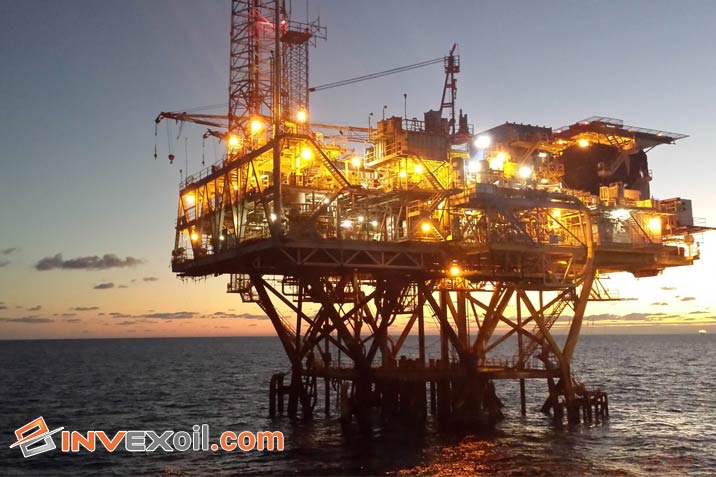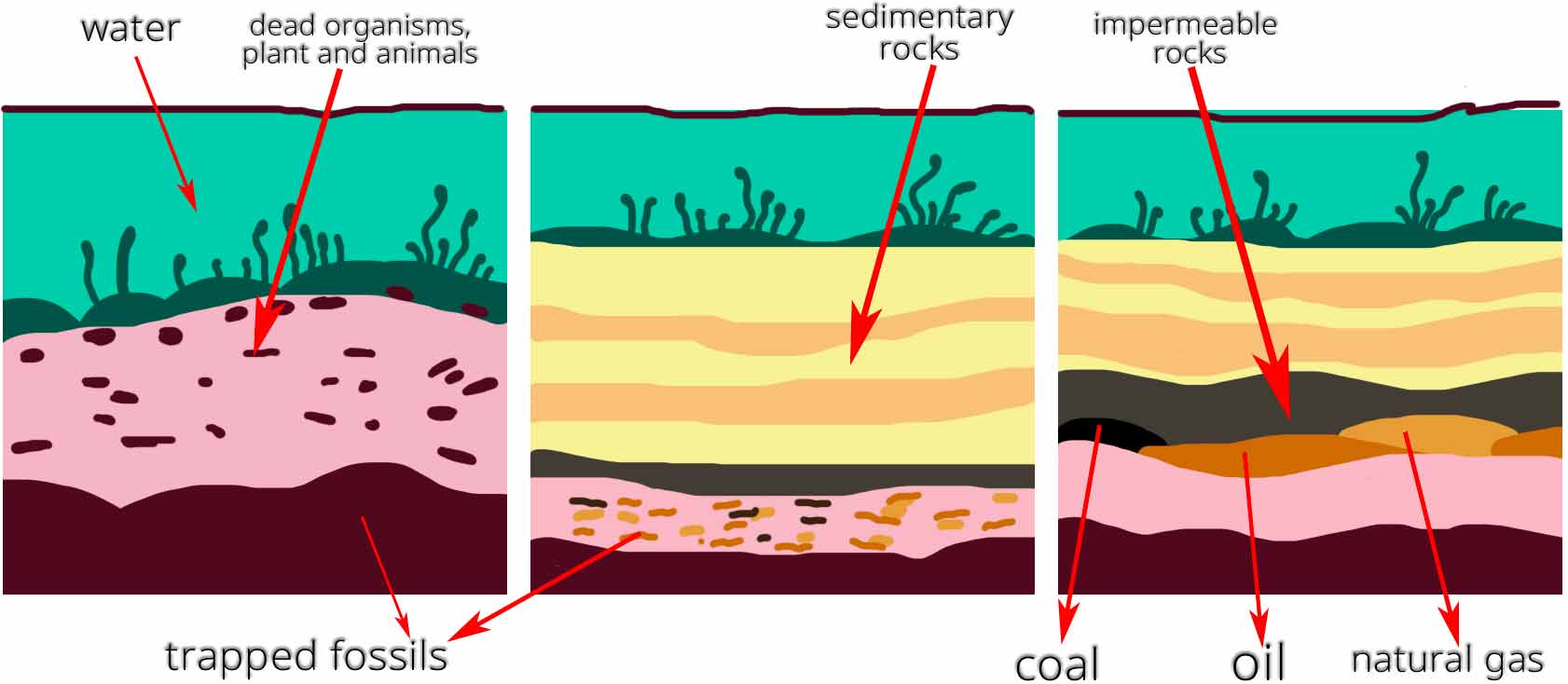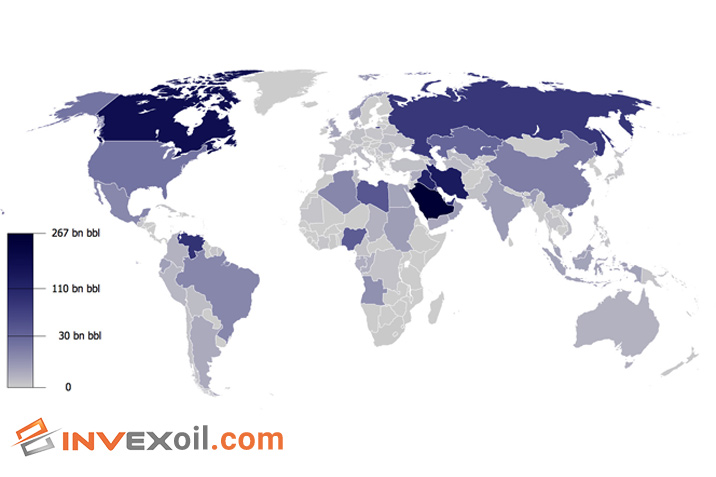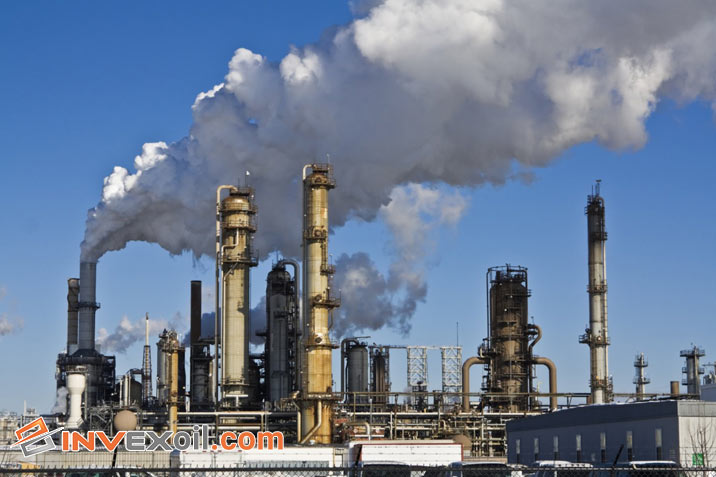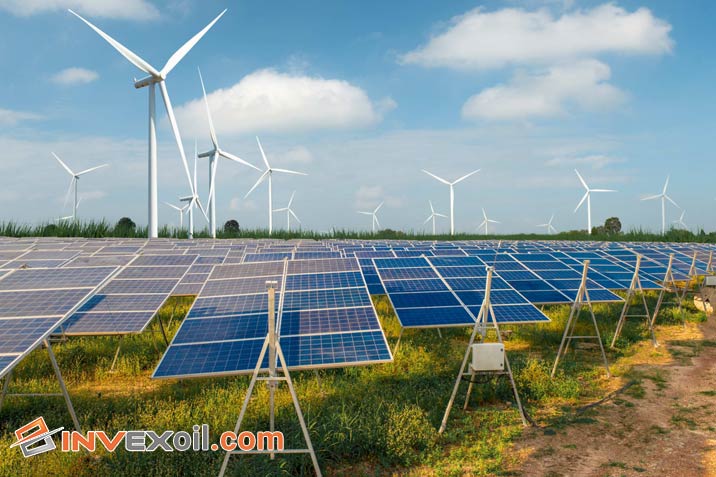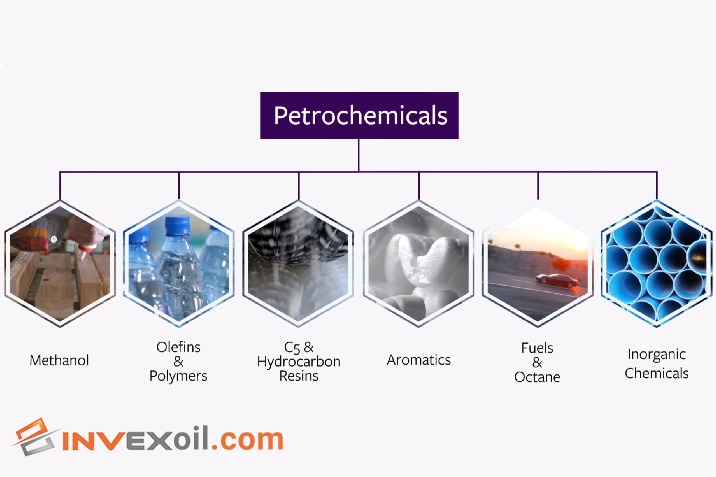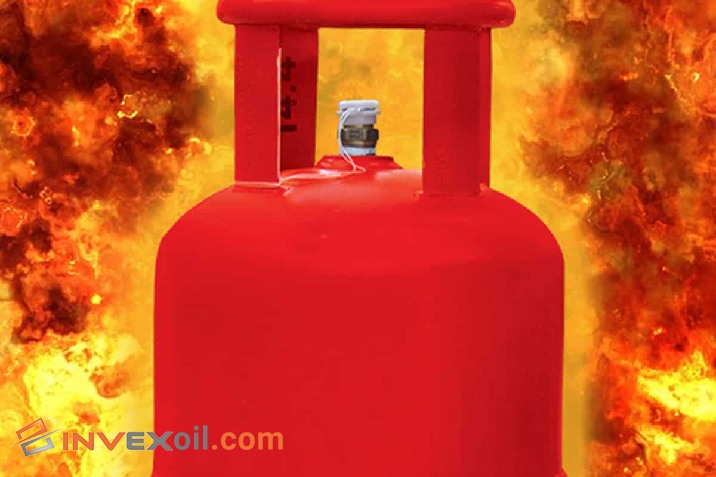How is petroleum formed? Understanding the natural processes behind petroleum formation provides valuable insights into the techniques used in used oil refining. Petroleum, a complex mixture of hydrocarbons, originates from the organic matter deposited millions of years ago. Through heat, pressure, and geological transformations, this organic matter undergoes a metamorphosis, resulting in the creation of petroleum. Once extracted, petroleum can be refined through processes like used oil refining. This practice aims to reprocess and purify previously used petroleum-based products, contributing to a sustainable and resource-efficient approach.
Table of Contents
Understanding the Formation of Petroleum
Petroleum, a valuable natural resource, is formed over millions of years through complex geological processes. It starts with the accumulation of organic materials, such as plankton and algae, in ancient oceans and lakebeds. Over time, these organic materials are buried under layers of sediment and subjected to high pressure and temperature. This process, known as diagenesis, transforms the organic matter into kerogen. Further heat and pressure in the Earth’s crust convert the kerogen into liquid hydrocarbons, resulting in the formation of petroleum. The geological formations conducive to petroleum accumulation are called reservoirs, and extraction is made possible through drilling and extraction techniques. Understanding the fascinating journey of how is petroleum formed provides insights into its significance as an energy source and the importance of sustainable utilization.
The Origin of Petroleum
Petroleum, a vital energy resource, has its origins in the Earth’s geological processes. It is formed through the accumulation and transformation of organic matter over millions of years. This can help us to understand how is petroleum formed.
Organic Matter: The Building Blocks of Petroleum
Organic matter, derived from plants and marine organisms, serves as the fundamental building block of petroleum. When these organisms die and settle on the ocean floor or lake beds, they undergo burial and preservation.
Deposition of Organic Material
Over time, layers of sediment gradually cover the organic material. This process, known as deposition, leads to the formation of organic-rich source rocks. Under immense pressure and heat, the organic material undergoes thermal maturation, transforming into petroleum through complex chemical reactions.
Geological Processes Involved in Petroleum Formation
Petroleum formation is a complex process influenced by various geological factors. It begins with the formation of source rocks, which are rich in organic material. These rocks, such as shale and limestone, provide the necessary conditions for petroleum generation. Different types of source rocks exhibit unique characteristics, including their organic content and thermal maturity. Sedimentary environments play a crucial role in the deposition and preservation of these source rocks. Understanding the geological processes involved in petroleum formation helps in identifying favorable areas for exploration and extraction.
Source Rock Formation: The Birthplace of Petroleum
Source rocks, the birthplace of petroleum, are sedimentary rocks that contain significant amounts of organic matter. They are typically formed in depositional environments such as marine basins, lakes, or swamps. These rocks accumulate organic material, such as algae and plankton, over millions of years. The burial and compaction of this organic material lead to the formation of source rocks. The organic content and thermal maturity of source rocks determine their potential for generating petroleum.
Types of Source Rocks and Their Characteristics
Source rocks can be classified into different types based on their composition and characteristics. Shale, a fine-grained sedimentary rock, is a common type of source rock. It has high organic content and is often rich in kerogen, a precursor to petroleum. Limestone and coal can also act as source rocks under certain conditions. The organic richness, thermal maturity, and porosity of source rocks play a crucial role in petroleum generation and accumulation.
The table provides a concise overview of different source rocks and their characteristics and they can help us to understand more about how is petroleum formed. Shale exhibits high organic content with variable thermal maturity and low to moderate porosity.
| Source Rock | Organic Content | Thermal Maturity | Porosity |
| Shale | High | Variable | Low to Moderate |
| Limestone | Moderate | Variable | Moderate |
| Coal | High | Low to Moderate | Variable |
Sedimentary Environments Favorable for Source Rock Formation
Certain sedimentary environments are more favorable for the formation of prolific source rocks. Marine basins, where anoxic conditions prevail, are ideal for organic material preservation and source rock development. Depositional settings such as stagnant or deepwater environments with limited oxygen supply promote the accumulation and preservation of organic matter. Additionally, an appropriate balance of sedimentation rate, organic productivity, and burial history contributes to the formation of quality source rocks.
Diagenesis: Transforming Organic Matter into Kerogen
Diagenesis is a crucial geological process that converts organic matter into kerogen, a precursor to petroleum. It involves several complex transformations influenced by burial depth, temperature, and pressure.
Burial and Heat: Essential Factors in Diagenesis
During diagenesis, organic matter experiences burial beneath layers of sediment. The increasing depth subjects it to elevated temperature and pressure, causing physical and chemical changes that convert the organic matter into kerogen.
Types of Organic Matter and Their Transformation
Different types of organic matter, such as algae, plankton, and plant debris, undergo distinct transformations during diagenesis. These variations result in the formation of diverse types of kerogen, which ultimately impact the quality and characteristics of petroleum derived from them.
Catagenesis: Maturation of Kerogen into Petroleum to know how is petroleum formed
Catagenesis is a critical stage in the formation of petroleum, where the heat and pressure acting on kerogen lead to its transformation into hydrocarbons. This process occurs over millions of years and is influenced by various factors.
Temperature and Pressure: Catalysts for Catagenesis
Elevated temperature and pressure conditions are key catalysts for catagenesis. As kerogen reaches specific thermal maturity levels, the heat and pressure cause complex chemical reactions, breaking down the organic matter and generating hydrocarbons.
Chemical Changes and Hydrocarbon Generation
During catagenesis, the chemical composition of kerogen undergoes significant alterations. Organic compounds within the kerogen structure break apart, forming simpler hydrocarbon molecules such as methane, ethane, and higher hydrocarbons that make up petroleum.
Migration: The Journey of Petroleum
For understanding how is petroleum formed, Migration is a crucial process in the formation of petroleum, where the hydrocarbons move from their source rocks to reservoirs. It involves the movement of petroleum through various pathways in the subsurface, driven by factors such as pressure differentials and rock permeability.
Migration Pathways and Traps
Migration pathways are the routes through which petroleum flows, including fractures, faults, and permeable rock layers. Along these pathways, the hydrocarbons may encounter traps, which are geological structures that can hold and accumulate petroleum. These traps can be formed by a combination of structural, stratigraphic, and hydrodynamic processes.
Reservoir Formation: Trapping and Storage of Petroleum
Reservoir formation plays a critical role in the accumulation and storage of petroleum. It involves the presence of specific rocks that possess the necessary porosity and permeability characteristics to hold and transmit hydrocarbons. These reservoir rocks act as natural storage containers, trapping the petroleum within their subsurface layers.
Reservoir Rocks: Porosity and Permeability
Reservoir rocks, such as sandstones and carbonates, exhibit varying degrees of porosity and permeability. Porosity refers to the open spaces within the rock where petroleum can accumulate, while permeability refers to the rock’s ability to allow fluid flow. Higher porosity and permeability enhance the reservoir’s capacity to store and produce petroleum.
This table is about some reservoir rocks and you can find brief data from this table. By reading them, you are closer to answer of how is petroleum formed.
| Reservoir Rock | Porosity Range | Permeability Range |
| Sandstone | High | Moderate to High |
| Limestone | Moderate | Low to Moderate |
| Shale | Low | Very Low |
| Carbonate | Varies | Varies |
| Chalk | High | Low to Moderate |
Structural and Stratigraphic Traps
Structural traps are formed by geologic deformations, such as folds or faults, which create barriers that prevent the upward migration of petroleum. Stratigraphic traps, on the other hand, result from changes in rock types or sedimentary layers that impede the flow of hydrocarbons. These traps are crucial for the accumulation and retention of petroleum resources.
Conclusion
We read about how is petroleum formed, and we understand that the process by which petroleum is formed provides valuable insights into its extraction, refining, and environmental impact. In order to become a valuable energy resource, petroleum undergoes complex geological processes created by millions of years of organic matter. While it generates greenhouse gas emissions and increases the risk of oil spills, its use contributes to greenhouse gas emissions. In order to address these challenges, we need to transition to sustainable and renewable energy sources. A greener future relies on the development of renewable energy infrastructure, the implementation of low-carbon policies, and the promotion of energy efficiency. Our world can become more sustainable and environmentally friendly if we embrace alternative energy sources.
FAQ
Now, there are some commonly asked questions about this topic “how is petroleum formed”:
How is petroleum formed?
Petroleum is formed through the decomposition of organic materials, such as plankton and algae, over millions of years under high pressure and temperature.
What are the main stages of petroleum formation?
The main stages of petroleum formation are source rock formation, burial and heat, catagenesis, migration, and reservoir formation.
What is source rock formation?
Source rock formation refers to the accumulation of organic-rich sediments, such as shale or mudstone, which contain the precursor materials for petroleum.

Hello, This is Matteo Hudson Copywriter from InvexOil. We are here to provide super-important content to help you learn more easily and be involved in the world of Petroleum and Chemistry. We are here to answer your questions, help you to have better services, and also find the best solution for your problems. Don’t be shy and ask your questions in the comment box or call our number. If you want to connect with me directly, you can search for my name on Linkedin.

